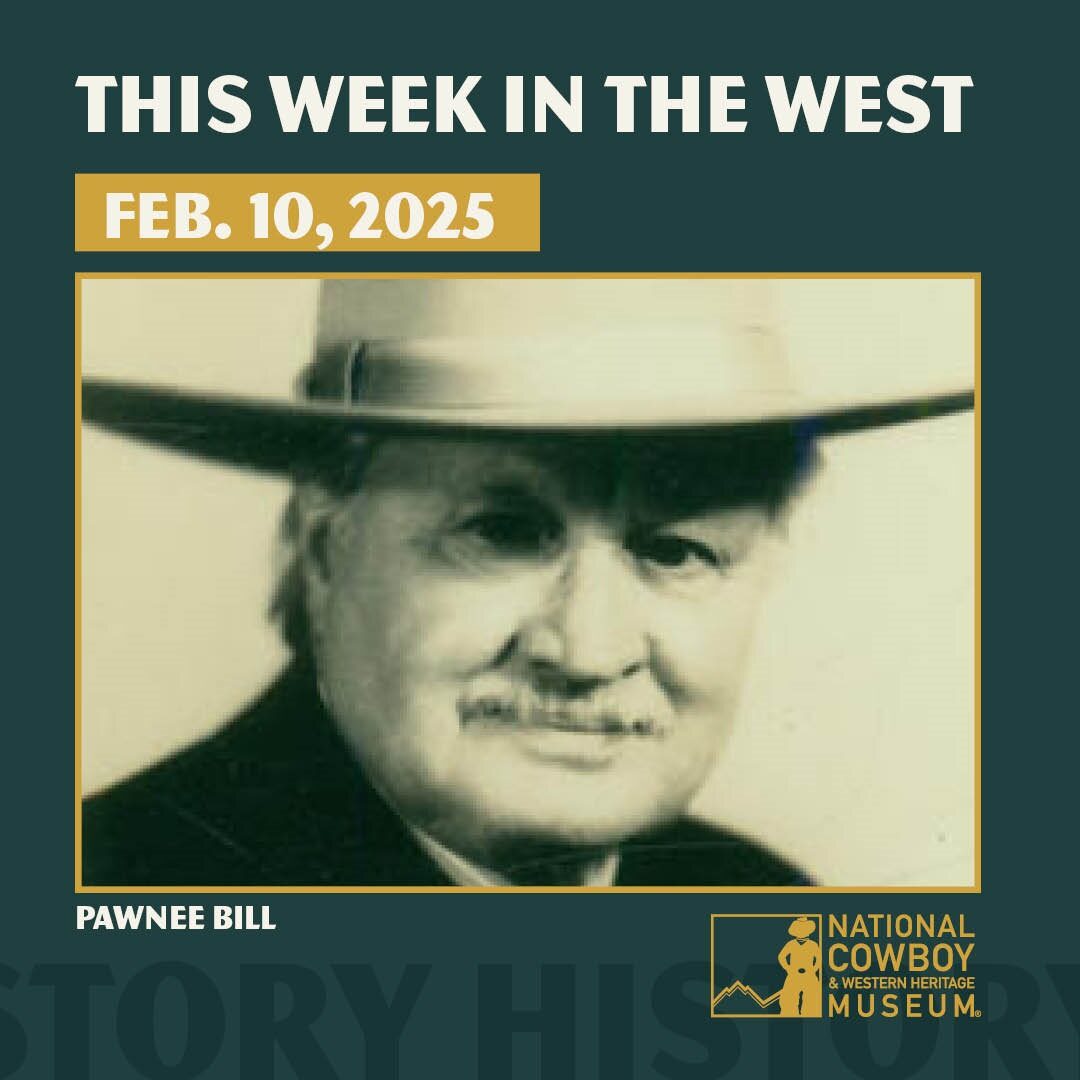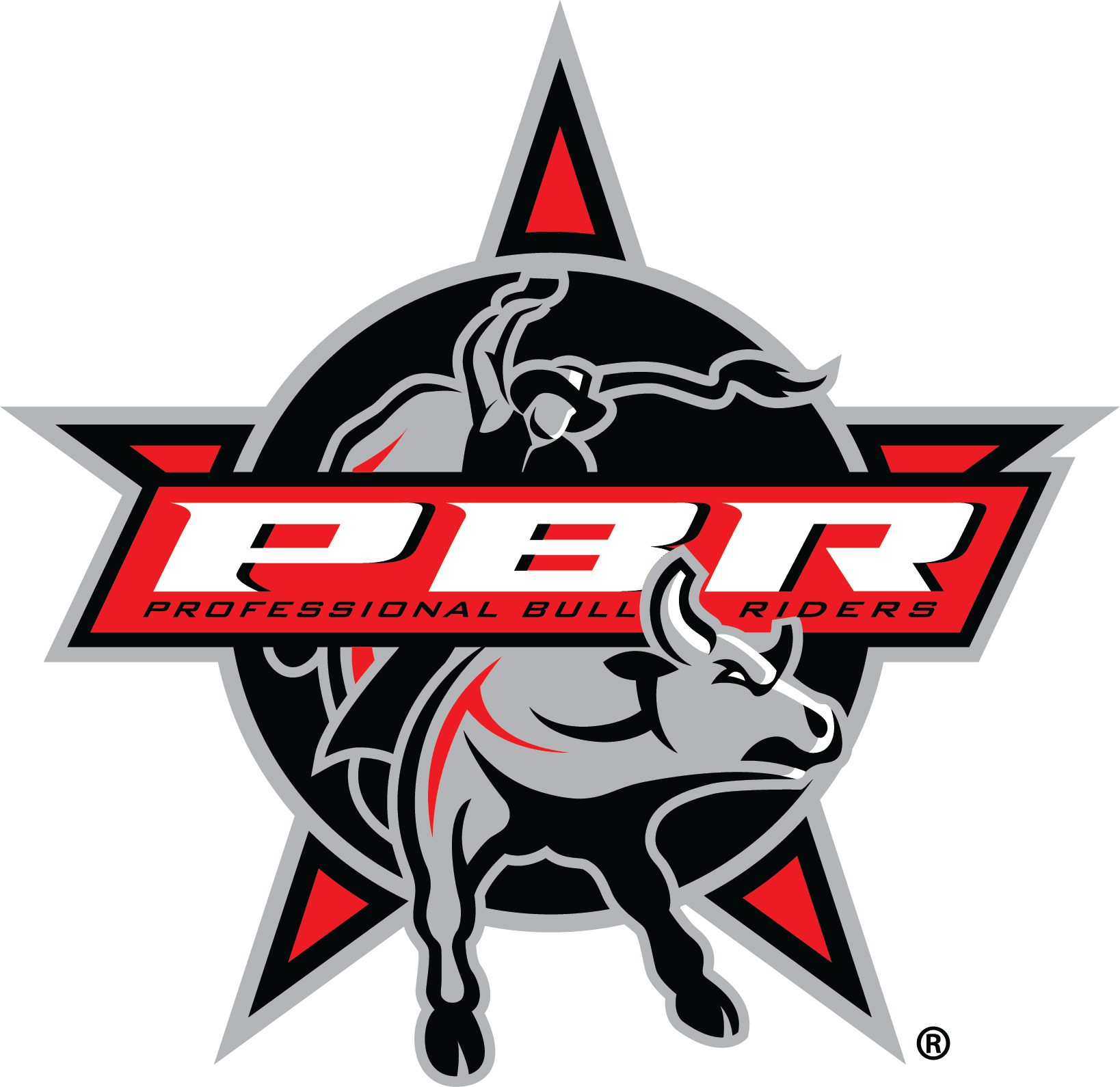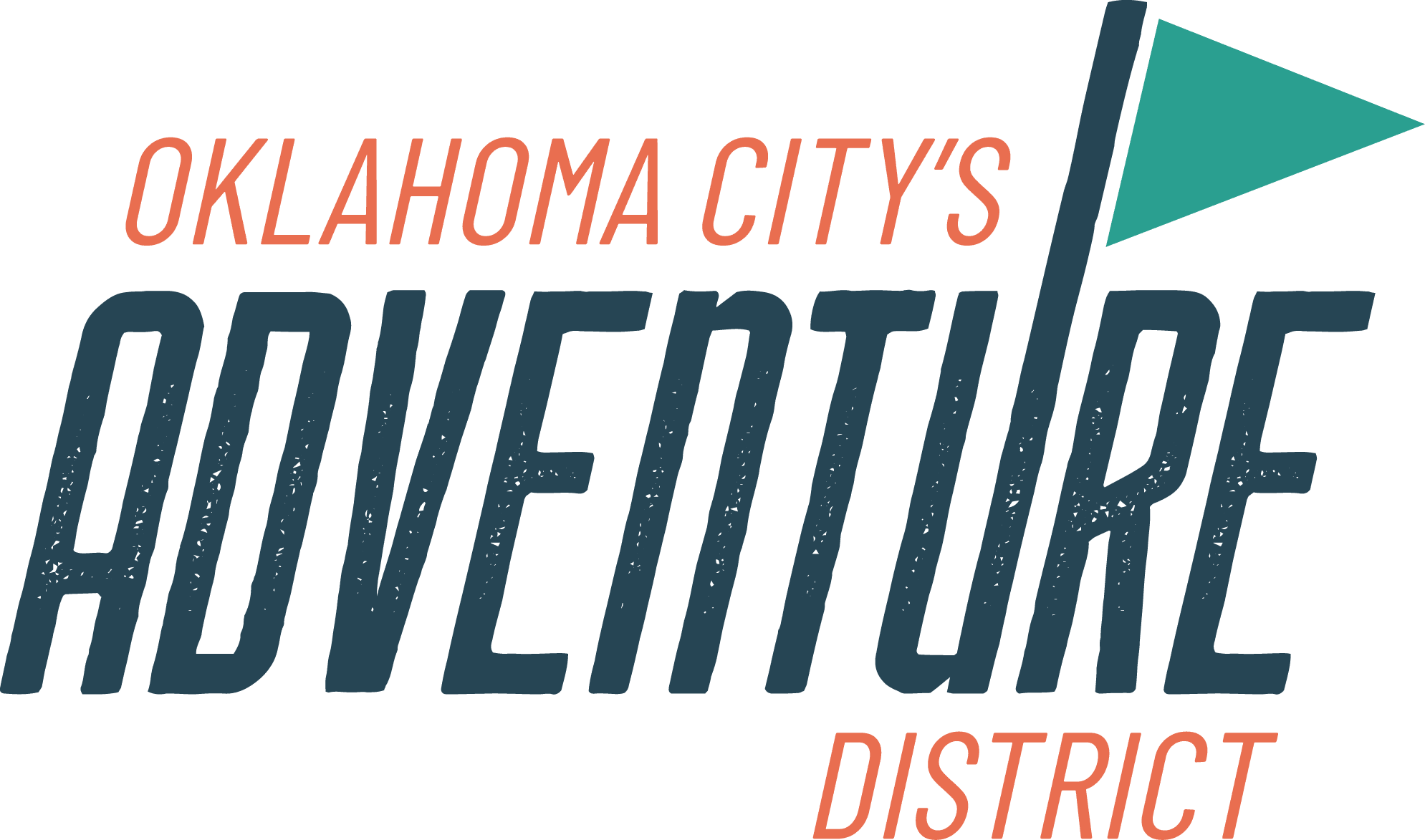Welcome to the blog about our podcast “This Week in the West.” Each week, we’ll share the show’s scripts here on our blog. If you want to listen, click above, subscribe on your favorite podcast app or check back here every Monday.
If you have questions, ideas or feedback about the podcast, you can reach out to podcast@nationalcowboymuseum.org
Episode 15: Pawnee Bill
Howdy folks, it’s the second week of February 2025 and welcome to This Week in The West.
I’m Seth Spillman, broadcasting from the National Cowboy & Western Heritage Museum in Oklahoma City.
On this podcast, we share stories of the people and events that shaped the history, art and culture of the American West—and those still shaping it today.
In just a handful of years in the 1880s, Gordon William Lillie was at the center of creating the real history and the mythology of the American West.
Lillie was born in Bloomington, Illinois, but when his family moved to Kansas, near the border of Indian Territory, he transformed himself into someone else – an icon of the “Wild” West.
He became Pawnee Bill, who we remember the week of his birth, February 14, 1860.
Bill’s family headed west to Kansas from Illinois in 1876 when the mill his father operated burned down. Just a teen at the time, Bill soon began working with the Pawnee tribe at its agency in Indian Territory, learning about their culture and language. During this time, Gordon Lillie earned the nickname “Pawnee Bill.”
Bill became intrigued by the opportunities in the territory – and the stories being told about the West. He soon leveraged his ability to speak Pawnee into a job as an interpreter with Buffalo Bill’s Wild West Show.
The show had been founded a few years prior by Buffalo Bill Cody, a renowned Army scout and hunter whose exploits had made him larger-than-life to eager readers of dime novels in the East. Cody’s shows became a traveling circus of sharpshooters, Native people, cowboys and entertainers.
While touring with the show, he met (and eventually married) May Manning, a woman from a well-off family in Philadelphia. Her family’s money helped him start his own show, which was launched in 1888 as Pawnee Bill’s Wild West. That season, the show was a financial failure.
In that same year, Bill found himself on the vanguard of a momentous moment in Western lore – the Oklahoma Land Runs. Bill became the leader of the Boomer Movement, a group advocating for opening Oklahoma’s Unassigned Lands to settlers. On April 22, 1889, he led a group of 4,000 participants during the Land Run, targeting the area now known as Kingfisher County, Oklahoma.
His role in opening the Unassigned Lands propelled him into the national spotlight. He reestablished his own Wild West Show, reviving it as “Pawnee Bill’s Historical Wild West, Indian Museum and Encampment.”
His wife May debuted as a sharpshooter in the show while riding sidesaddle. She wowed audiences with her accurate shooting and was billed as “the greatest Lady Horseback Rifle-shot of the World.” The show became a huge hit and toured around the world.
Bill recruited more acts to join the show, including performers from Japan and the Middle East. In 1908, he reunited with Buffalo Bill Cody and launched a joint project, “Buffalo Bill’s Wild West and Pawnee Bill’s Great Far East.”
The show was a smashing success around the turn of the century. Bill was able to invest in more land and other businesses, including a 2,000-acre ranch in Pawnee, Oklahoma. In 1910, Bill and his wife built their dream home there, Blue Hawk Peak, and filled the land with Longhorn cattle and a herd of bison.
Bill experimented with making Western movies on the ranch, where he also hosted a rodeo, and eventually built a model Western town, selling Indian and Mexican crafts.
In 1936, Pawnee Bill and his wife May celebrated their 50th wedding anniversary in Taos, New Mexico. Later that September, they attended a local celebration in Tulsa, Oklahoma.
While driving back to their ranch that evening, Pawnee Bill lost control of their vehicle, resulting in an accident that killed his wife.
Pawnee Bill, deeply affected by the tragedy, never fully recovered. He passed away in his sleep on February 3, 1942, at the age of 81, at his home.
The Pawnee Bill Ranch is now operated as a museum by The Oklahoma State Historical Society where visitors can tour the grounds and Blue Hawk Peak home. The Ranch stages its version of Pawnee Bill’s Original Wild West Show every summer.
Pawnee Bill is also a member of our Hall of Great Westerners here at The Cowboy.
And with that, we’ve come to the grand finale of another episode of “This Week in The West.”
Our show is produced by Chase Spivey and written by Mike Koehler
Follow us and rate us on Apple podcasts or wherever you hear us. That helps us reach more people.
We can follow us on social media and online at nationalcowboymuseum.org.
Got a question or a suggestion? Drop us an email at podcast@nationalcowboymuseum.org
We leave you today with the words of Pawnee Bill’s biographer, Glenn Shirley, who wrote this: “With Pawnee Bill’s death, the last of the picturesque characters of the drama of winning the West passed into the everlasting verdant range where the grazing buffalo will never be disturbed by the shriek of the iron horse or the crack of the pioneer rifle.”
Much obliged for listening, and remember, come Find Your West at the National Cowboy & Western Heritage Museum.

























